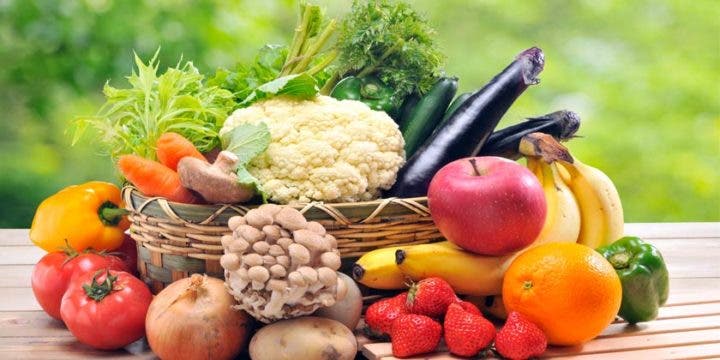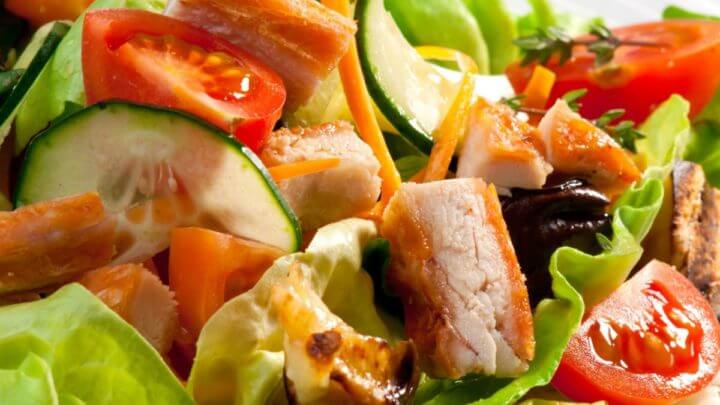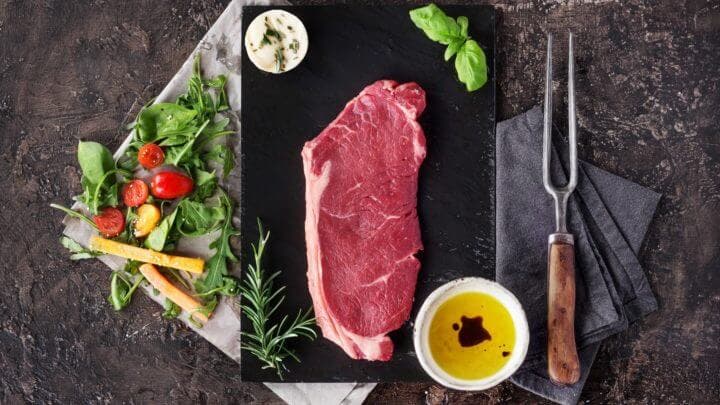The Wild Diet is based on the Paleo Diet, a diet based on fresh staples. and unprocessed animal meat, such as those used by early humans. It is a type of low-carbohydrate, high-fat diet that can be attractive to people who want to stop eating processed foods and switch to a more traditional way of eating.
Like the paleo diet, the wild diet focuses on whole foods , such as lean protein, healthy fats, and vegetables.
Find out what it consists of and the foods you should apply in the Wild Diet, including its health benefits.

What is the Wild Diet?
The Wild Diet is a low-carb, high-fat meal plan created by Abel James. It’s similar to the paleo diet in many ways, including in its emphasis on traditional, whole food sources, such as meat, fish, and vegetables.
The principles of the wild diet are relatively straightforward:
- Avoid grains, processed foods, and sugars.
- Prioritize Whole Foods: The diet emphasizes whole, unprocessed foods. Therefore, it is recommended to choose organic products, meat from animals raised in the pasture and fish caught in the wild.
- Keep your carbohydrate intake low: Sources of carbohydrates you can eat include fruits, some starches, and many non-starchy vegetables.
- Eat lots of healthy proteins and fats : high-quality proteins, such as eggs, meat, and fish; as well as healthy fats, such as olive oil, nuts, and seeds, should be your main sources of energy.
- Choose to skip the diet once a week: you can enjoy any snack you want once or twice a week: this way you can satisfy cravings and speed up your metabolism.

What is the wild diet?
The wild diet doesn’t involve counting calories – it simply encourages you to stay away from certain foods. It is also intended
increase your body’s ability to burn fat efficiently.
Abel James states that “the wild diet is not a diet, but a lifestyle” and that the program is completely customizable for individual tastes and goals.
The meals on this diet should focus heavily on vegetables and other food groups at the same time.
- Vegetables: leafy greens should make up the majority of meals.
- Proteins: Proteins like grass-fed beef, chicken, pork, or eggs should take up about a quarter of your plate, with a serving the size of the palm of your hand.
- Fats: fats such as coconut oil, olive oil, avocado oil, fatty meats or unsalted nuts, should be added to every meal.
- Fruits: It is recommended to keep your fruit intake at two servings per day to maximize fat loss .
According to the Wild Diet website (official page directed by Abel James), the distribution of food should be approximately 65% plant foods and approximately 35% meat, fats and oils.

Does The Wild Diet Promote Weight Loss?
Although there are no specific studies on the wild diet, a good deal of evidence supports the use of low-carbohydrate, whole-food, and high-protein diets to promote weight loss.
Low carbohydrate diets have proven to be an effective method of losing weight. For example, a study of 148 obese adults observed that following a low-carbohydrate diet (with less than 40 g of carbohydrates per day) resulted in greater weight loss compared to those who followed a low-fat diet. (Bazzano et al., 2016)
On the other hand, in a review of 53 studies with more than 68,000 participants it was shown that the strategies of Weight loss through a low-carbohydrate diet led to an average of 1.15 kg more long-term weight loss than the low-fat versions. (David et al., 2015)
On the other hand, the wild diet is also relatively high in protein, a powerful factor in weight loss, as it is the most satiating of all nutrients, which can prevent overeating and increase weight loss .
A review of 9 studies in 418 people revealed that those who remained high protein for 4 to 24 weeks experienced a weight loss of more than 2.08 kg than those who applied low protein. (Dong, Qin, Zhang and Wang, 2013). In addition, this diet emphasizes fresh produce, such as vegetables and fruits, and eliminating processed foods such as sugar-laden drinks and baked goods, which means that you improve your health and reduce excess weight.

3 health benefits of the wild diet
Aside from promoting weight loss, the wild diet may also offer additional benefits.
1. Does not require counting calories
Most diets emphasize calorie restriction over high-quality, nutritious foods. However, with this method, by restricting high-calorie processed foods and consuming nutrient-dense foods, followers of the Wild Diet can find success without having to worry about tracking calories.

2. Helps control blood sugar
Since the wild diet eliminates processed foods, such as added sugars and simple carbohydrates, it can be a good option for those struggling to control their blood sugar.
Studies show that the wild diet improves insulin sensitivity and lowers blood sugar levels in people with type 2 diabetes (Frassetto et al., 2015)

3. Reduces the risk of cancer
Delete the processed foods can reduce the risk of certain types of cancer; for a study of 104,980 people found that a 10% increase in the proportion of processed foods in the diet was associated with a 10% greater risk of breast cancer and cancer in general. (Allès et al., 2018)
References
- Allès, B., Beslay, M., Chanttal, J., Deschasaux, M., Fassier, P., Hercberg, S., Kesse-Guyot, E., Lavalette, C., Martel, P., Méjean, P ., Sellem, L. and Touvier, M. (2018). Consumption of ultra-processed foods and cancer risk: results from NutriNet-Santé prospective cohort. theBMJ. doi: 10.1136 / bmj.k322
- Bazzano, L., He, J., Hu, T., Li, S., Niu, T., Reynolds, K., Steffen, L., Yao, L. and Whelton, P. (2016). Adherence to low-carbohydrate and low-fat diets in relation to weight loss and cardiovascular risk factors. Obesity Science and Practice. doi: 10.1002 / osp4.23
- David, S., Deirdre, T., Frank, B., JoAnn, Ludwig, M., Mu, C. and Walter, W. (2015). Effect of low-fat diet interventions versus other diet interventions on long-term weight change in adults: a systematic review and meta-analysis. The Lancet Diabetes and Endocrinology. doi: 10.1016 / S2213-8587
- Dong, J., Qin, L., Zhang, Z. and Wang, P. (2013). Effects of high-protein diets on body weight, glycaemic control, blood lipids and blood pressure in type 2 diabetes: meta-analysis of randomized controlled trials. British Journal of Nutrition. doi: 10.1017 / S0007114513002055
- Frassetto, L., Kennedy, M., Masharani, U., Schloetter, M., Sebastian, U., Sherchan, P., Stratford, S. and Xiao, U. (2015). Metabolic and physiologic effects from consuming a hunter-gatherer (Paleolithic) -type diet in type 2 diabetes. European Journal of Clinical Nutrition. doi: 10.1038 / ejcn.2015.39